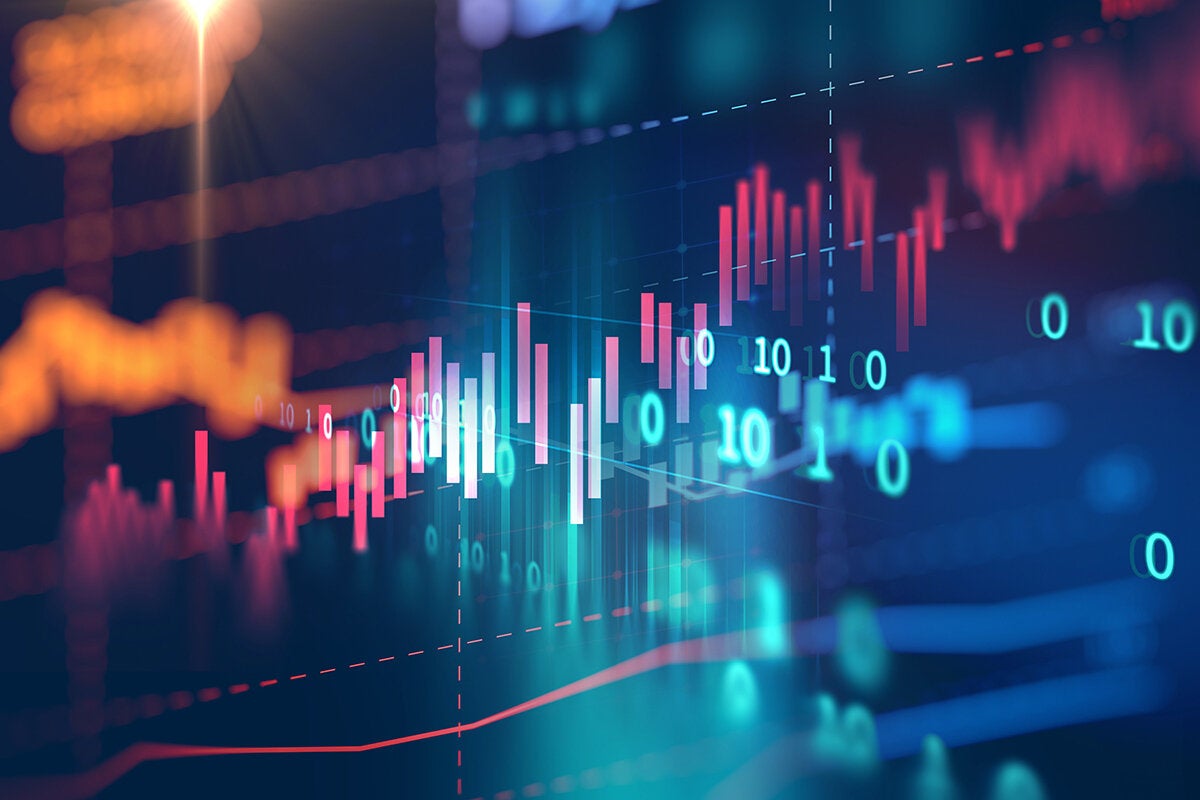Getting started with time series analysis
From stock market analysis to economic forecasting, earthquake prediction, and industrial process and quality control, time series analysis has countless applications that enterprises of all kinds rely on to detect trends, develop forecasts, and improve outcomes. In the past year, using time series modeling to manage responses to the pandemic has definitely been one of the most urgent applications of time series analysis.Time series analysis involves identifying attributes of your time series data, such as trend and seasonality, by measuring statistical properties such as covariance and autocorrelation. Once the attributes of observed time series data are identified, they can be interpreted, integrated with other data, and used for anomaly detection, forecasting, and other machine learning tasks.To read this article in full, please click here

From stock market analysis to economic forecasting, earthquake prediction, and industrial process and quality control, time series analysis has countless applications that enterprises of all kinds rely on to detect trends, develop forecasts, and improve outcomes. In the past year, using time series modeling to manage responses to the pandemic has definitely been one of the most urgent applications of time series analysis.
Time series analysis involves identifying attributes of your time series data, such as trend and seasonality, by measuring statistical properties such as covariance and autocorrelation. Once the attributes of observed time series data are identified, they can be interpreted, integrated with other data, and used for anomaly detection, forecasting, and other machine learning tasks.





































